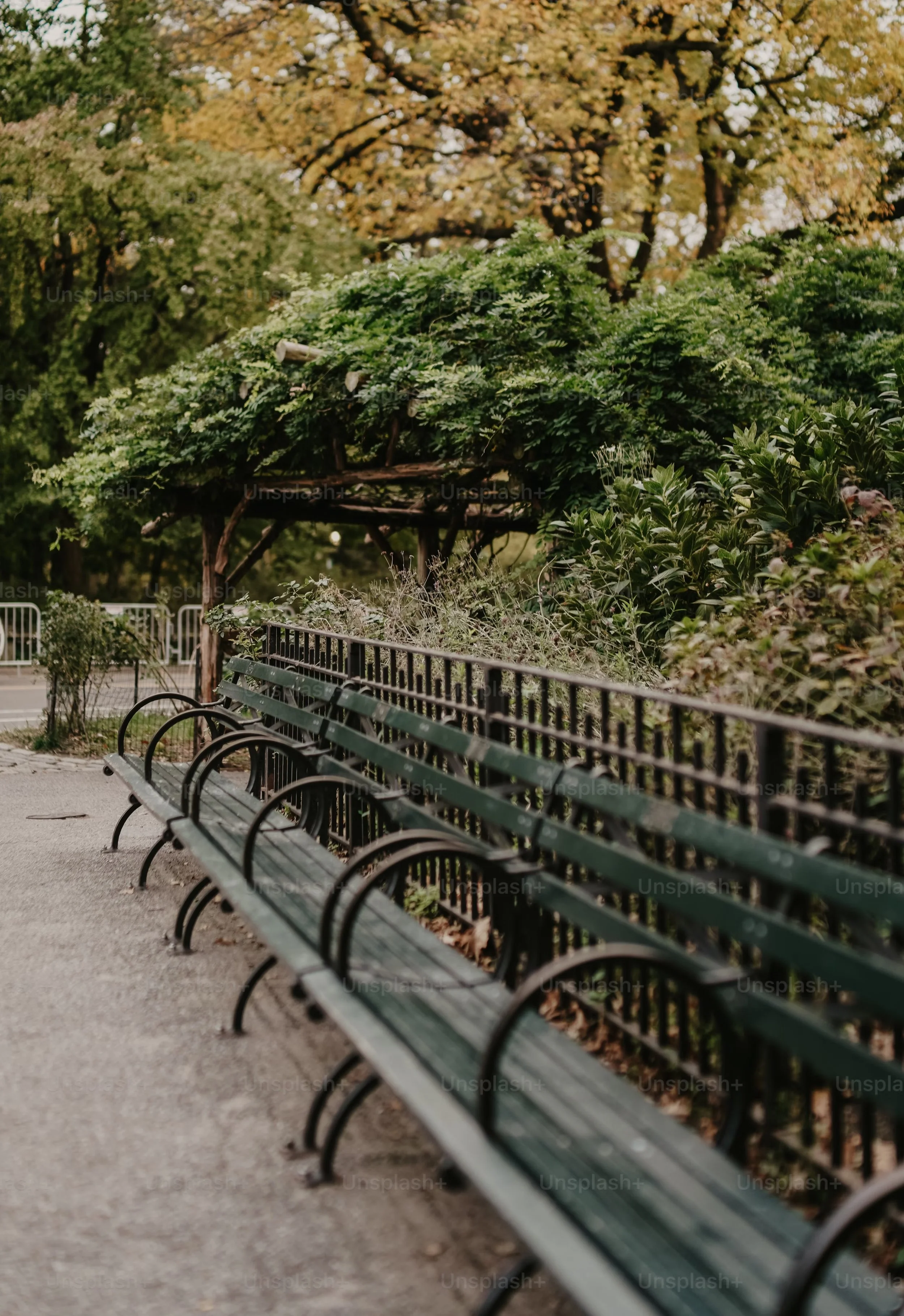Hostile Architecture and its Presence in the Bay Area
Have you ever seen a bench that's been divided with metal armrests, making it hard for two people to sit together? Have you sat on a metal chair when it’s really hot or cold outside? Have you ever seen spikes on staircases or fences that stop you from sitting down? Chances are you said yes to all of these questions. Slanted or sharp surfaces, uncomfortable materials, and abnormal structures or protrusions in structures are all examples of something called hostile architecture.
Hostile architecture, also called anti-homeless architecture, is a type of architecture that aims to guide and restrict behavior. While this can apply to both people and animals, hostile architecture typically aims to restrict people from using specific private or public spaces. However, this type of architecture predominantly targets people who rely on public spaces: youth, people experiencing homelessness, and those experiencing poverty. This also affects people with disabilities and those with less abled bodies, like the elderly.
Hostile architecture is everywhere, especially in the Bay Area, where populations of unhoused people continue to rise. In San Francisco and San Jose, many neighborhoods with high numbers of unhoused people implement styles of hostile architecture that include slanted benches at bus stops, large rocks or planters on sideways, and even the removal of seating in public areas. Even in Downtown San Jose, examples of this architecture can be observed.
What is the reasoning behind this type of urban design? Generally, private property owners implement hostile architecture to keep people without homes away to protect commercial interests. Public spaces also practice these techniques to exclude people using perceptions that this will improve safety and mitigate homelessness.
On one hand, many private business owners feel it’s necessary to implement these types of designs to protect their businesses and maintain customers. Along with this, city planners believe that hostile architecture is necessary to keep neighborhoods safe and running smoothly.
On the other hand, while these practices attempt to address issues that arise from houselessness, many feel that they rarely if ever address the root causes of homelessness. They tend to exclude multiple groups of people and bring physical discomfort to people, typically people who are in vulnerable positions. Many people feel that hostile architecture also disrupts the sense of community that is present in urban and public spaces.
When looking at hostile architecture, it is important to see its causes and who is affected. It is a complicated issue and can be dividing. It is important to address our role in the problem. For some people, this may look like dismantling hostile architecture in neighborhoods, for others this may be addressing root causes like houselessness, safety concerns, and business instability. Architecture can be used for many purposes, and every person may have different opinions for what it should be used for.

